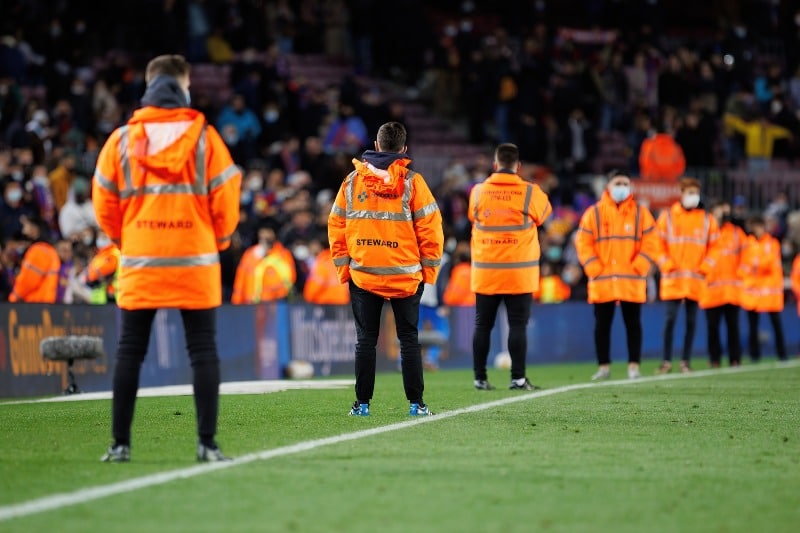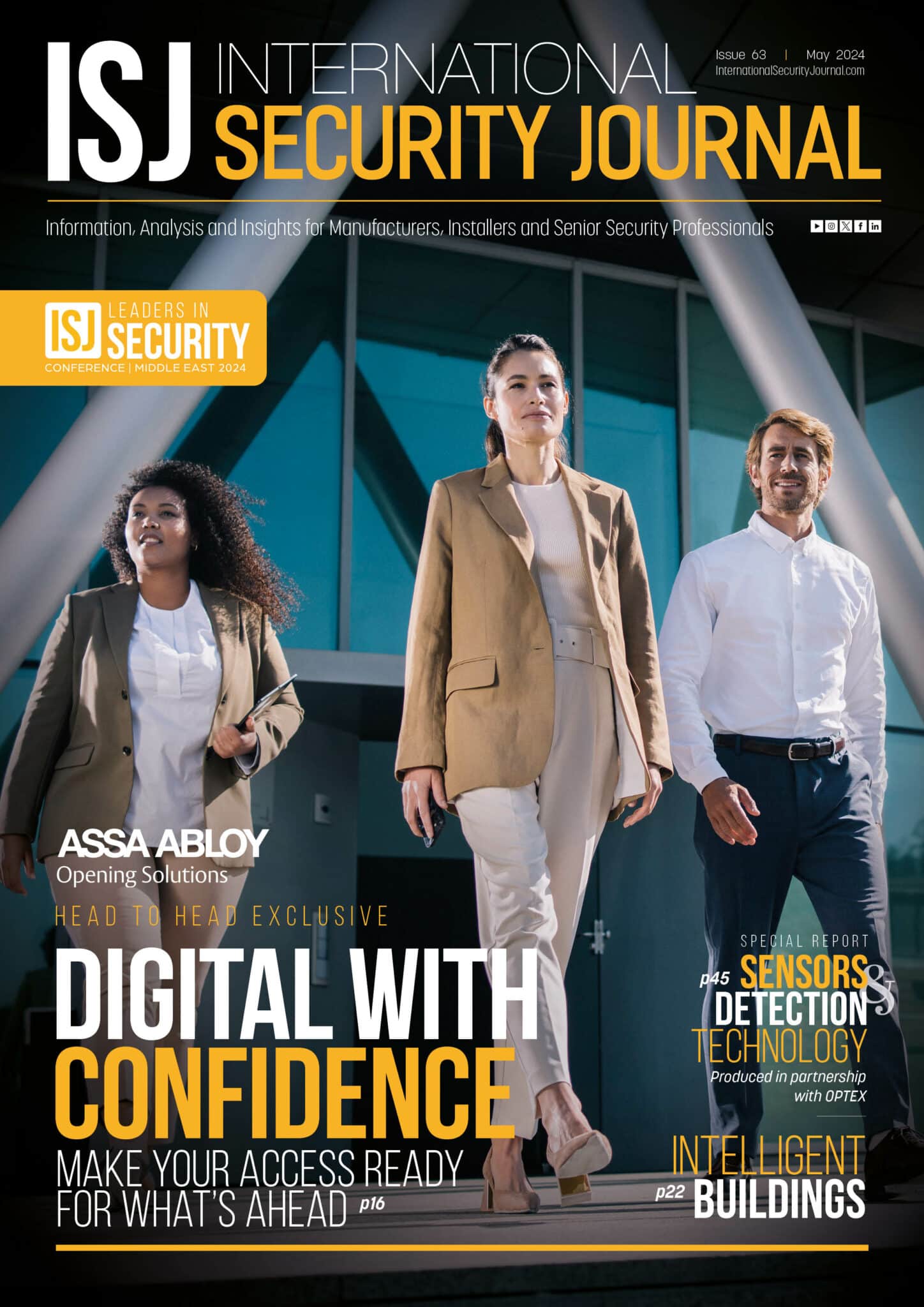Smart technology for a safer stadium experience


James Thorpe
Share this content
David Robinson, Director, Software & Video Solutions for Europe, Motorola Solutions outlines how connected smart technology can improve stadium safety.
From sporting events to live concerts, the world’s stadiums host millions of visitors each year.
They are complex locations in which to protect public safety, with different events having different needs, from a skeleton staff for small corporate events to tens of thousands on match days.
Stadiums often have distinctive layouts, with a combination of large open spaces, where crowds might need to be viewed closely as well as car parks, restaurants and bars, roads, ticket queues and various nooks and crannies across small rooms and corridors.
Noise levels can also present practical challenges when safety teams look to communicate about incidents.
Technology can be a powerful enabler when trying to solve the unique safety challenges stadiums present.
That does not simply mean gathering information but also ensuring that voice communications, video and other data streams work together with analytics capabilities to enable an effective response to incidents, as a breakdown in communication in any one area could potentially create a security blind spot.
At Motorola Solutions, our industry knowledge of working in stadium venues across the globe, including in Major League Baseball and National Football League stadiums in the US as well as football stadiums across Europe, gives us unique insight into the challenges of ensuring public safety in these environments.
Creating a positive and secure visitor experience while maintaining discrete and efficient operations is a core promise that stadiums make to the visiting public.
But, delivering on this promise is only achievable with a strong foundation of safety. Safety is the one thing that holds the entire visitor experience together.
Article Chapters
ToggleIntegrated smart technology is key
With the right technologies, a stadium team can react faster and be more coordinated and focused.
As staff and a stadium’s video infrastructure build a picture of events in real time, information is relayed to command centres, which in turn are able to direct that information to the necessary frontline security teams to respond.
The intelligence delivered to frontline staff is their ‘eyes and ears’ allowing them to remain focused on what’s most important — getting fans through the turnstiles and enabling a lively and entertaining stadium experience.
It is not hard to imagine the range of possible incidents that can take place as tens of thousands of people pass through a venue in a relatively short period of time.
For example, a lost or missing person being reported to security staff. Before stadiums had the range of technology solutions that are available today, they would have relied on tannoy announcements or a
member of staff physically seeing (and recognising) the individual to resolve the incident.
Now, when the friend or family member makes the report, they will often share an image of the individual with security staff so that it can be provided to the control room and disseminated to frontline colleagues, greatly speeding up the detection process.
The control room can then analyse video footage based on the report of what the individual is wearing in order to quickly narrow focus and deploy the right teams to the right place.
The control room is also able to ensure that the team on the ground has the information they need in real time, including multimedia data, to solve the issue.
Building a picture of events
Overseeing a large, often sprawling facility presents a variety of challenges.
From managing and streamlining fan and staff entry to ensuring the safety of wide perimeters, the ability to see situations as they unfold plays a crucial role in minimising potential threats.
Today, AI-enabled video security solutions can enhance visibility across a facility, as well as monitor critical areas, recognise potential security gaps for resource deployment and provide automated alerts to potential security issues.
Trusted radios also remain a critical component of the detection process and, with a well-integrated security set-up, alerts can ensure all personnel — across multiple teams — have the critical information they need.
The tools for success
Monitoring events across numerous data sources, such as video feeds, in order to recognise concerns across a stadium is a demanding and time-consuming task that has previously required significant human resources.
With focus of attention capability, analytics technology can now simplify the task of randomly monitoring video footage so that unusual activity or behaviour can be proactively presented to the operator to make an informed decision about any potential response.
Analytics to detect unusual motion can reveal odd behaviours and events which need further investigation by a security team, whereas they previously would have relied solely on their on-the-ground personnel to surface these instances.
Integrated access control and identity search features provide real time insights on the “who” and “where” of personnel movements which may have previously gone unrecorded.
Ultimately, these solutions and insights are crucial to cutting through the noise and highlighting points of interest so that staff have the information they need to make informed decisions about where the risks are and what might develop into a security threat.
Communication
Whether it’s a typical day of funnelling hundreds of guests through the turnstiles, or an emergency situation, clear, timely and connected communication is key to creating a safe stadium experience.
By combining voice, video and data across devices and teams it is now possible to connect security, administration, medical and third party personnel for a safer stadium experience.
Managing incidents
Being ready and aware is critical to ensuring a team can quickly respond to problems before they escalate.
But when incidents do occur, it is important to have the right infrastructure in place to properly manage them and ensure that stadiums can learn from them to be better prepared in the future.
Logging events during an incident is critical not only to understanding incident timelines, but may be required as evidence depending on circumstances.
Incident management solutions streamline the logging of incident reports, aggregate information feeds and unify data and evidence storage, giving security managers a clear picture of events.
Documenting incidents in this way is also a vital tool in improving public safety responses in order to prevent incidents.
Connect and automate for improved safety
Managing the communications, video and software that comprise the security and operations technology ecosystem can be time consuming.
Whilst all of the technologies mentioned can make an important contribution to public safety, they are at their most effective when used to enable the team on the ground to focus on what matters.
By orchestrating systems to share information in the way that works best for teams and stadiums, it is possible to design an end-to-end safety infrastructure.
These do not need to be complex solutions and should employ an intuitive interface that makes it easy for administrators to configure and automate workflows.
The future of stadium safety
The evolution that has taken place in public safety technology may give more data and insight into events to staff, but critically, it is also helping them to analyse that data, communicate effectively and use the right response at speed.
Whatever the event, taking an end-to-end approach to stadium safety that uses proven technologies, including the latest advances in video, AI and analytics, can help security staff to ensure an efficient and safe stadium experience and keep the security team one step ahead.


